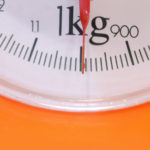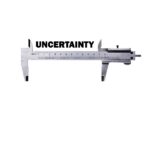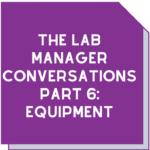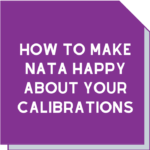Keeping NATA happy about your calibrations
written by Maree Stuart

You’ve had a NATA assessment and the assessors have demanded that you adhere to the frequency of calibrations in the NATA General Equipment Table. But you’ve noticed that the calibration results never really change so you may have stretched out this frequency to save money and interruptions to service delivery.
Do you really have to slavishly conform to the NATA document? Well, no you don’t! It seems to have become a perennial topic that comes up on assessments, especially when the assessors are demanding that you do.
Right at the start of the General Equipment Table, it states, in the Purpose:
This document provides guidance for establishing calibration and checking intervals for equipment. The information presented should be read in conjunction with the guidance found in the informative annex of the General Accreditation Criteria: Equipment assurance, in-house calibration and equipment verification.
Facilities should also refer to the General Accreditation Criteria: Metrological Traceability Policy.
The fact that it is providing guidance, rather than a set of requirements, means that conformance to the information contained within it is not mandatory.
How to respond to these demands
You could just meekly comply and gulp at the additional time, expense and inconvenience that this compliance demands. Or you could do something different. And I’m not talking about a Trump-style insurrection here!
All it takes is a bit of sleuthing and logic and some documentation of what you’ve discovered.
What does the method say?
 Start by looking at the method your lab is using. Does it state a frequency for equipment calibration or checks? Often it doesn’t but in some areas of testing standard methods contain this information.
Start by looking at the method your lab is using. Does it state a frequency for equipment calibration or checks? Often it doesn’t but in some areas of testing standard methods contain this information.
If it does state a frequency for equipment calibration, then you really have no choice but to comply with that frequency to be able to claim the lab is following a standard method.
What does the manufacturer say?
What does the manufacturer say about frequency of calibration (and checking) of their equipment? That’s another useful source of information, especially if they claim that the equipment does not require calibrations or checks at the frequency set out in NATA’s document.
Remember, NATA can’t be across all new technologies and perhaps the technology underpinning your equipment’s operation is different and better than what had been available in the past.
A really great example of this is pH meters, which today don’t necessarily have a reference electrode, meaning that the old reference electrode junction potential check is superfluous.
What does your calibration data tell you?
Calibration is like any other process. It can have good days and bad days, but overall it should be a fairly stable process. It’s often the equipment itself that contributes to variability in the output. You can use that knowledge and data to help understand how the equipment is performing, its stability, and hence the optimal frequency of calibration.
Go back at least a few rounds of calibration and look at whether the variation in the results can be captured by considering the measurement uncertainty. Is there a significant difference over time? What is the timeframe data start to differ significantly?
You could try plotting out the calibration results, together with their uncertainty bands, on something like a control chart or run chart. You should be able to see any variation or patterns like drift over time. Those patterns will help you discern the period over which equipment becomes unstable and “out of calibration”.
Did you know that boring old Measurement Uncertainty can help you out?
 A good understanding of the sources of uncertainty in your methods (including your calibration methods) will help you to make decisions. This includes which equipment can be calibrated in-house and which ones really do need an expert hand.
A good understanding of the sources of uncertainty in your methods (including your calibration methods) will help you to make decisions. This includes which equipment can be calibrated in-house and which ones really do need an expert hand.
One lab we know calculated the uncertainty budget for their pipette checks, and it was better than the external calibration that NATA was demanding. And it was traceable.
The final touch
Once you’ve looked into these areas, you can make an informed decision and document that decision in your own records. That means documenting the frequency of calibration of your equipment in your own system.
It also wouldn’t hurt to pull together all those pieces of information to help justify your decision to others in your lab and any others who might ask now and in the future. How many times have you had a question as to why something is done a particular way and had to give the response, “Because we’ve always done it this way”? This is no different.
And of course, advocate your position to assessors who want to enforce non-mandatory guidance!
We’re here to help!
If you need a little more help, we provide excellent workshops on Measurement Uncertainty and Traceability. Head to our training page and take a look!
We can also help you respond intelligently to the issues from your NATA assessments.
Remember, you don’t have to do this alone!
Download the article Keeping NATA happy about your calibrations
People who read this also enjoyed:






